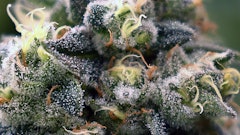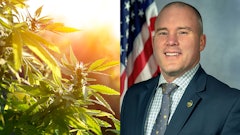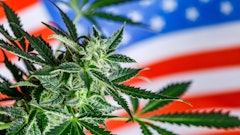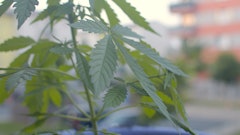
Pennsylvania Rep. David Delloso has proposed legislation that would legalize adult-use cannabis for adults 21 and older and distribute it through state-run stores.
House Bill 1899 would amend the state’s liquor code to allow for adult-use cannabis and use the current state retail system to sell it, according to a local Fox News report.
The legislation also includes expungement provisions, the news outlet reported, which would clear the records of those previously arrested, charged or convicted under Pennsylvania’s Controlled Substance, Drug, Device, and Cosmetic Act.
Pennsylvania Gov. Tom Wolf and Lt. Gov. John Fetterman announced their support for adult-use legalization last week during a press conference, and indicated the need for criminal justice components in any future legislation.
“We’re seeking a path to restorative justice through the expungement of past convictions of non-violent and small cannabis-related crimes,” Wolf said.
Earlier this year, Fetterman embarked on a recreational marijuana listening tour of the state’s 67 counties and determined that the majority of Pennsylvanians support legalization.
“It's really just been a mature, civil conversation amongst people,” he said at that time.


























